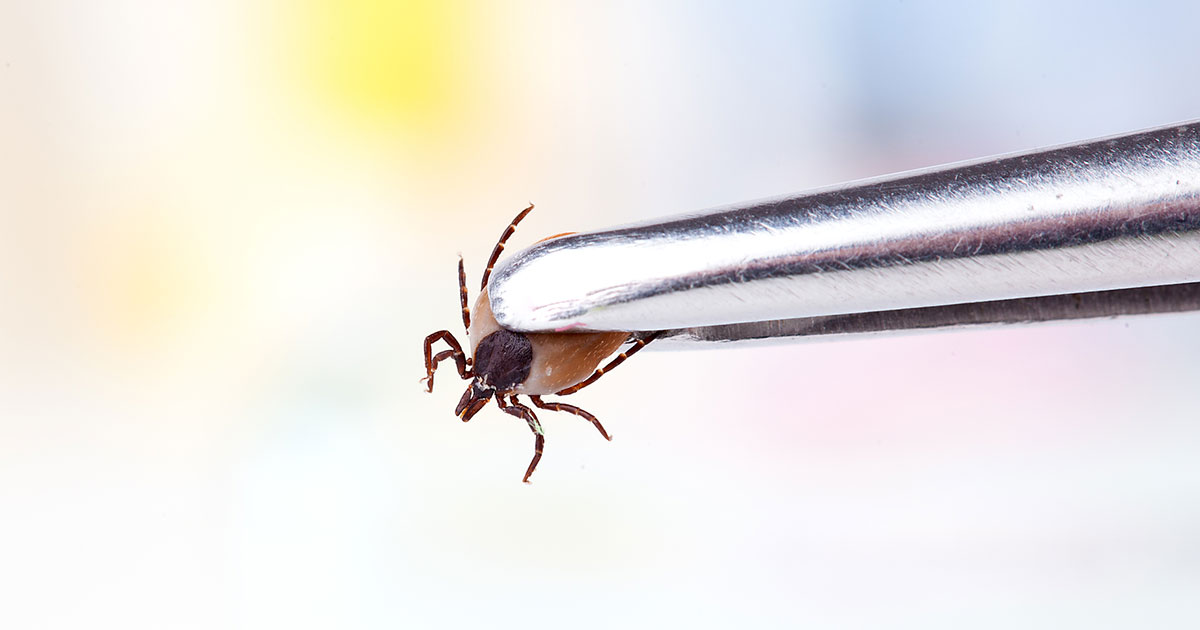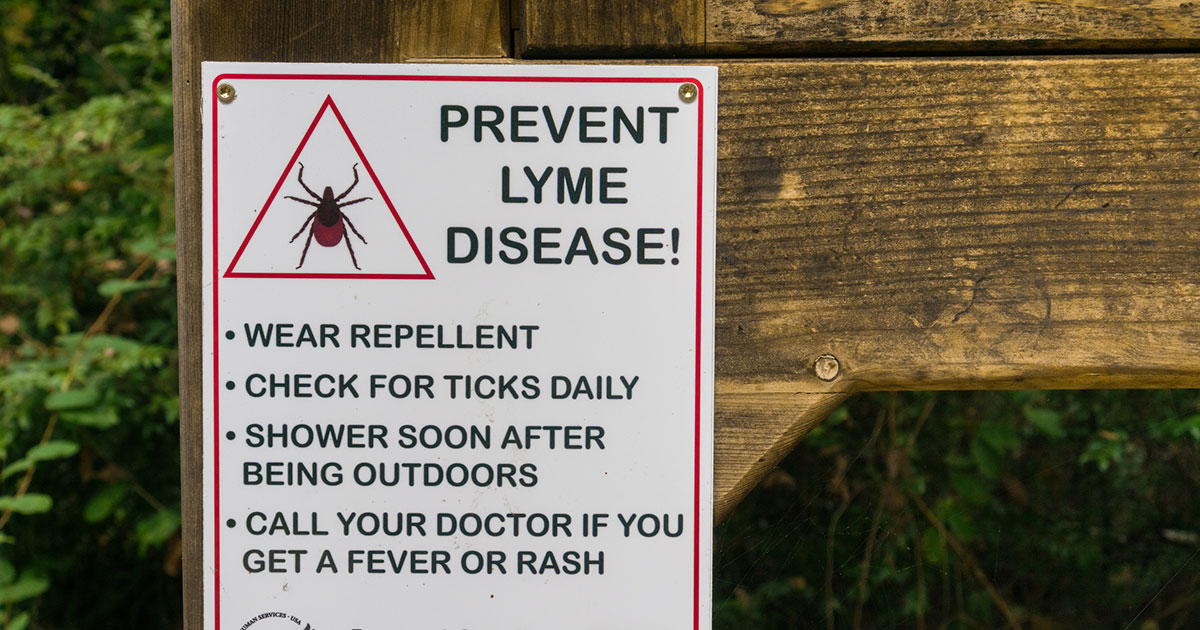Important Symptoms, Stages And Treatment For Lyme Disease
Tick Identification And Removal

There are a few ways to remove a tick; however, the easiest and one of the most effective is by using tweezers. With fine pointed tweezers and a steady hand, grasp the mouthparts of the tick, and slowly pull it straight out. After the tick has been removed, wash the bite using soap and water, followed by an antiseptic.
Facts About Lyme Disease

The life-cycle of a tick can span up to two years in their natural environment, and those who are carriers of Borrelia are infectious all year long.
The average time that symptoms appear in Lyme disease is within the first two weeks but can range from a few days to months or years. There are over one-hundred symptoms of Lyme disease, and it can take anywhere from four weeks to years of treatment to eliminate the symptoms of the illness. However, there is no cure for stage three Lyme disease, chronic Lyme but early and successful antibiotic treatment will significantly reduce the chances of Lyme progressing to the chronic stage.
